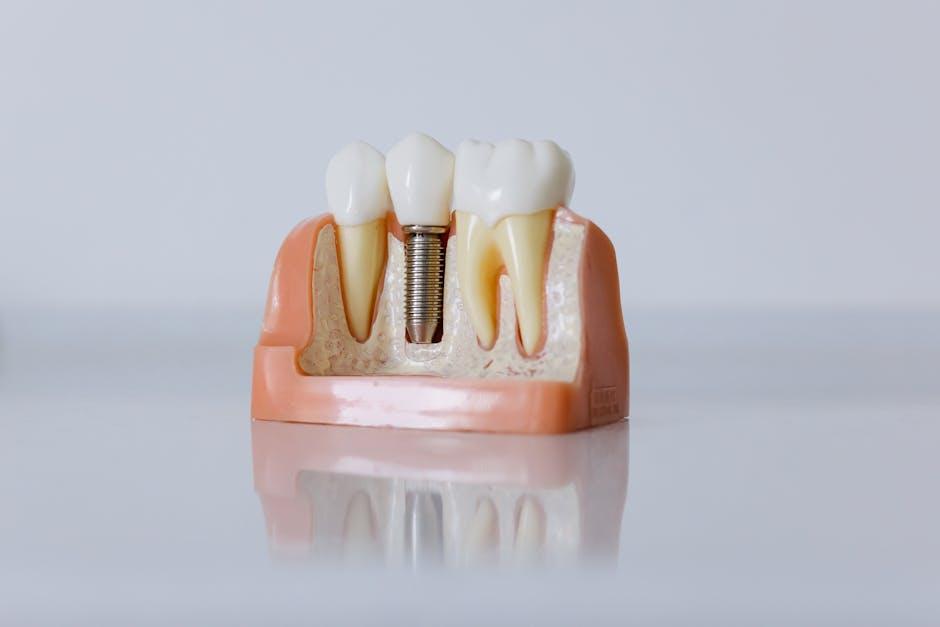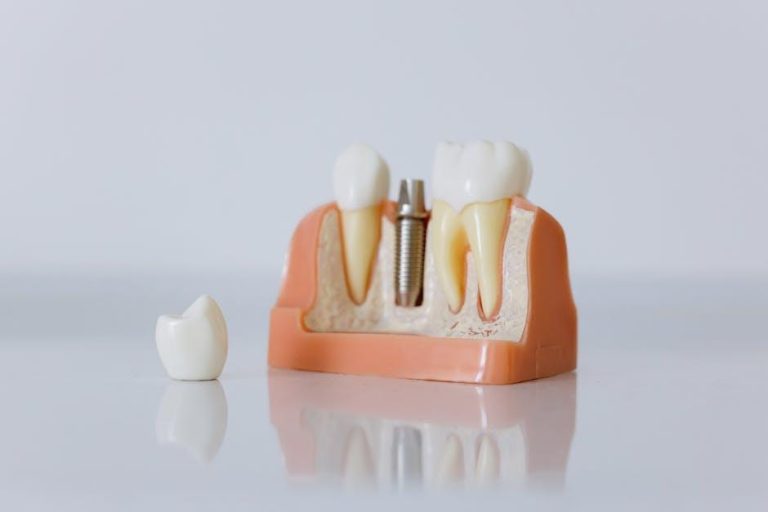
Scientists Grow Living “Replacement Teeth” for Dental Implants
The future of dental care is undergoing a revolutionary transformation. Imagine a time when missing teeth can be replaced, not just with artificial implants, but with fully living, biologically integrated teeth grown from your own cells. This exciting advancement, reported by futurism.com, promises to change the landscape of dentistry forever.
What Are Living Replacement Teeth?
Living replacement teeth are biologically grown teeth that can seamlessly integrate within the mouth, functioning identically to natural teeth. Unlike conventional dental implants which use titanium or ceramic screws to anchor artificial crowns, these new teeth develop with natural roots and periodontal ligaments — enabling more natural movement, sensation, and durability.
Scientists use stem cells and bioengineering techniques to cultivate these replacement teeth within a controlled laboratory environment. Once matured, the teeth can be implanted into the patient’s jawbone, where they continue to grow and adapt, much like a natural tooth would.
How Do Scientists Grow Replacement Teeth?
The process of growing living replacement teeth involves several key bioengineering steps:
- Stem cell sourcing: Stem cells are harvested from adult tissue or dental pulp, which have the ability to develop into various dental components.
- Tooth germ cultivation: These stem cells are combined to create a “tooth germ,” the early form of a tooth, in a three-dimensional scaffold.
- Growth in bioreactors: The tooth germs are nurtured in bioreactors that provide the necessary nutrients and environment to encourage full tooth development.
- Implantation: Once mature, the living tooth is transplanted into the jaw, where it integrates with the surrounding bone and tissue.
Benefits of Biologically Grown Teeth over Traditional Implants
This breakthrough technology provides numerous distinct advantages compared to existing dental implant procedures:
| Benefit | Living Replacement Teeth | Traditional Dental Implants |
|---|---|---|
| Biological Integration | Complete with natural roots and ligament | Fixed titanium/ceramic anchor, no ligament |
| Sensation & Movement | Can sense pressure; natural slight movement | Generally rigid, no natural sensation |
| Longevity | Potentially lasts a lifetime with proper care | May need replacement after 10-15 years |
| Bone Health | Supports jawbone regeneration and strength | Implant may prevent bone loss but no regeneration |
| Biocompatibility | Derived from patient’s own cells, minimal rejection | Risk of implant failure or rejection in some cases |
Challenges and Future Outlook
While the science behind growing living replacement teeth is promising, the technology is still in early experimental stages. Researchers face challenges such as:
- Scaling production: Producing replacement teeth reliably and affordably for large numbers of patients.
- Implantation techniques: Developing minimally invasive procedures to safely implant these bioengineered teeth.
- Long-term testing: Ensuring durability and function over decades through clinical trials.
- Regulatory approvals: Meeting strict safety and efficacy standards before widespread dental use.
Despite hurdles, experts predict that biologically grown teeth could become a mainstream option within the next 10-20 years, redefining tooth replacement and improving oral health outcomes worldwide.
Case Studies: Progress in Tooth Regeneration
Several key research groups have already demonstrated success in animal models and early human trials:
- Japan’s University of Yokohama: Grew bioengineered teeth in mice that successfully functioned with roots and nerves.
- Harvard University: Developed techniques for reprogramming adult cells into tooth-forming cells, showing promise in preclinical studies.
- Biomedical Research Institute, Taiwan: Reported a prototype transplantation of living teeth in small-scale human trials with positive integration results.
These case studies provide crucial proof of concept that biologically grown replacement teeth are achievable and effective, fueling further investment and research in this field.
Practical Tips for Patients Interested in Dental Regeneration
- Stay informed: Follow reputable sources and clinical trials reporting advances in tooth regeneration technology.
- Consult your dentist: Discuss new options and future possibilities with your oral health provider to gauge when such treatments may be available.
- Maintain oral hygiene: Keep your existing teeth healthy as biologic treatment options develop.
- Consider participation: Check for eligibility in clinical trials if interested in cutting-edge dental care opportunities.
Conclusion
The concept of growing living replacement teeth for dental implants marks a paradigm shift in dental medicine. Moving beyond artificial materials to biologically integrated, fully functional teeth holds incredible promise for millions suffering from tooth loss worldwide. While still at the frontier of dental science, ongoing innovations and research are steadily bringing this future closer to reality.
By offering enhanced durability, natural sensation, and improved oral health, living replacement teeth could someday replace traditional implants as the gold standard solution for tooth restoration. Staying up to date with this groundbreaking development is essential for anyone interested in the future of dental technology and regenerative medicine.
For more detailed insights on this exciting topic, check out the original article on futurism.com.


